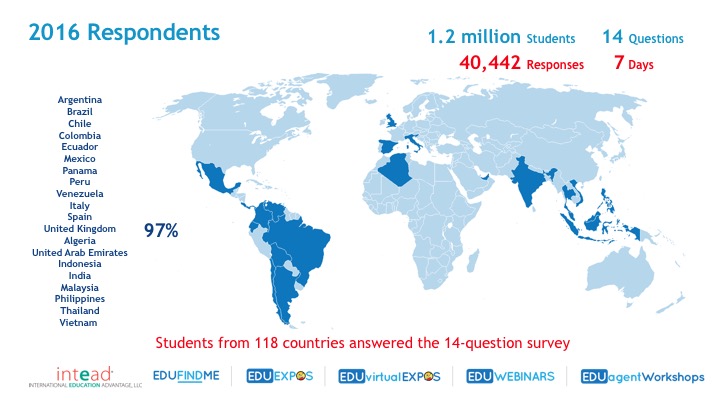Global student recruitment, finding student segments domestically and abroad, is simply not rocket science.
We know the processes and don't need another generic report about what students are thinking and how important parents are to the process. If new student mobility trend data of significance emerges (thank you IIE and National Clearinghouse), you can count on us to evaluate it and report on it. But, most of the reports we are seeing right now from marketing agencies (like us) are rehashing everything we already know.
And annoyingly, they are somehow pointing to their nothing new findings as revelatory. Wut?
So, let’s get to work plotting out the work and bringing the successful results we all want.
The Formula: custom research on your differentiators, your strongest recruitment options (countries/regions), and messaging that engages your target audience on the channels they use.
That’s really about it. That’s what we need. Oh, and to do it successfully, that actually requires investment, technology, and expertise.
So...yes, trend analysis because decision making actually did change since 2019 - safety, cost, the value of education overall, visa issues - all much more significant. These factors existed before the pandemic, before the Trump administration’s anti-immigrant rhetoric, and the ever-horrific state of gun violence in the US. Not new info. All of these factors have been on students’ and parents’ minds for a while. Yours too, right?
And yet, international students continue to find value in a US education and the experience of living and studying in the US. And as they make their decisions, all the things we see in the latest reports and infographics about student mobility trends say essentially the same things we’ve seen for more than a decade.
Reputation matters. Rank matters (more in some regions than others). Career connections matter, parent opinions matter, etc., etc., etc. Tedious findings touted as new, ground-breaking, must-have trend analysis.
Read on for a few student influencers that are actually rising to the top of students' decision-making criteria, and more importantly, what all of this means for your institution's recruitment planning.
Read More






